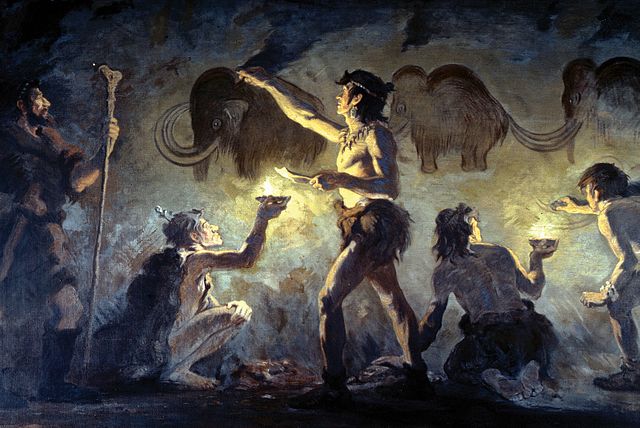THE LAST WOOLLY MAMMOTHS
Who could possibly teach us more about extinction then an extinct species? A species that lived in isolation, at a fraction of its original population size?

The woolly mammoth was one of the most common and widespread Pleistocene megafaunal species, with a range stretching from the British Isles, across Eurasia, and into North America. The process of its extinction probably started with a complex series of climatic and environmental changes, as well as hunting by expanding human populations.
After becoming extinct throughout most of its range at the end of the last ice age, the woolly mammoth survived in small isolated populations on islands off the coasts of Siberia and Alaska. Wrangel Island was the terminal refugium where mammoths became extinct 4 thousand years ago, approximately 6 thousand years after separation from the Siberian mainland.
Because of its evolutionary history and long-term isolation on a small island, the woolly mammoth is an excellent model system for studying basic conservation genomic principles, such as the effect that bottlenecks and long-term small population sizes have on neutral and adaptive genetic diversity.
My PhD project was supervised by Prof. Love Dalén at the Swedish Museum of Natural History.
Publications PhD thesisA part of my PhD research featured on PBS Eons
